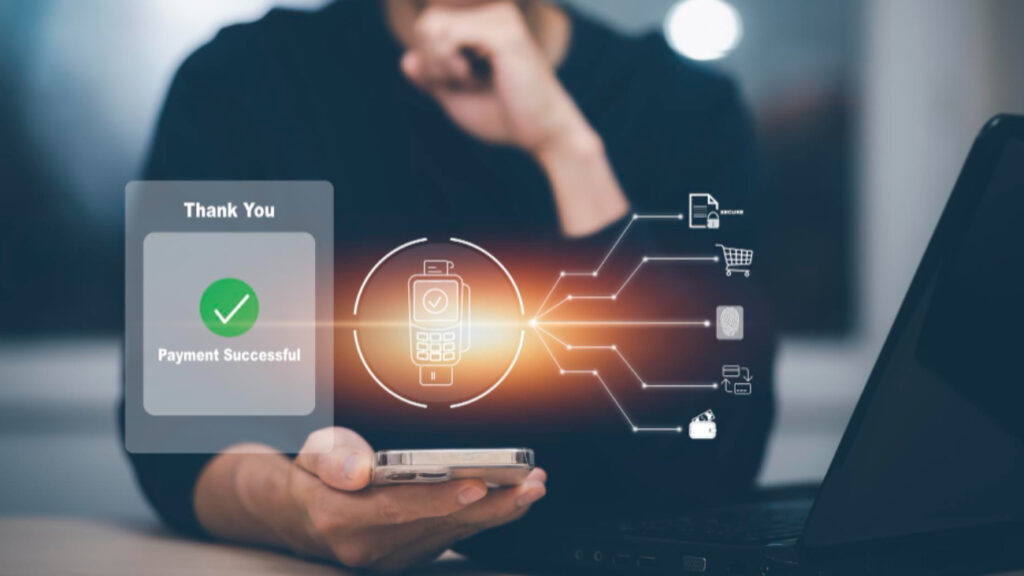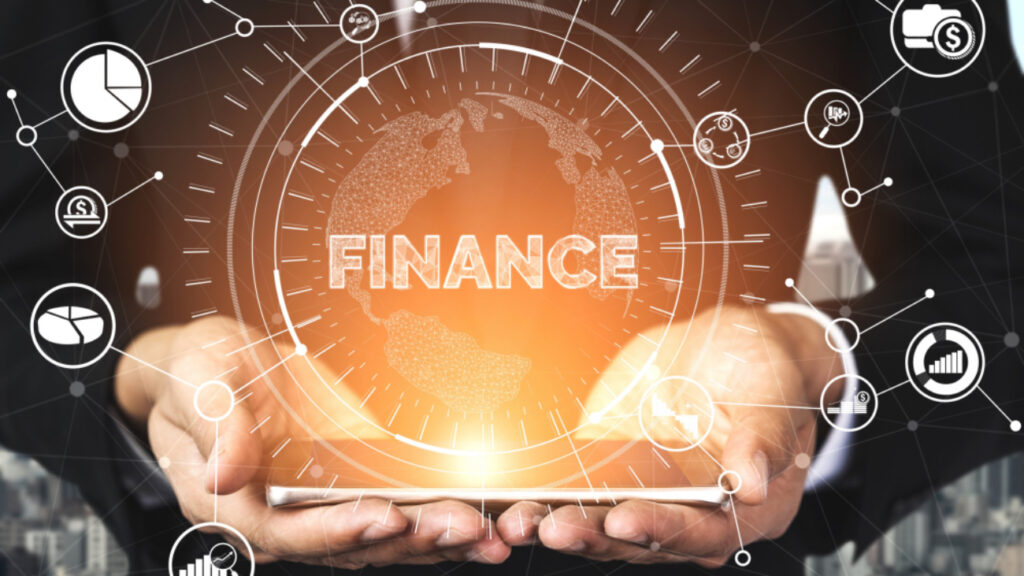Infrastructure projects, such as road, bridge, power station or telecommunication network, are essential for development and growth in society feels Bahaa Abdul Hussein. However, these massive projects require complex financial instruments with long time scales and vast capital outlays. Asset tokenization is becoming a new breed of weapon in the war against infrastructure investment, making it both more accessible and efficient as well as transparent.
What is Asset Tokenization in Infrastructure?
Asset tokenization involves converting ownership rights in infrastructure assets into digital tokens recorded on a blockchain. These tokens represent fractional shares of physical infrastructure, allowing investors to own a portion of the asset digitally. This process breaks down traditionally large and illiquid investments into smaller, tradable units, democratizing access to infrastructure projects.
By leveraging blockchain technology, tokenization simplifies ownership transfer, improves transparency, and accelerates transactions without the need for intermediaries like brokers or custodians.
Unlocking Capital and Broadening Access
Infrastructure projects require enormous capital, which has traditionally been sourced from governments, large institutional investors, and banks. Tokenization opens the door for a broader base of investors, including retail and smaller institutional participants.
- Investors can buy fractions of projects, reducing the barrier to entry.
- This wider investor pool attracts new capital sources globally.
- Tokenized infrastructure assets can be traded on digital platforms, providing liquidity that was previously unavailable in these long-term investments.
This increased accessibility not only democratizes investment but also helps close funding gaps for critical infrastructure development, especially in emerging markets where capital scarcity is a major obstacle.
Enhancing Liquidity and Market Efficiency
Infrastructure investments have typically been illiquid with long lock-in periods, limiting investor flexibility. Tokenization transforms these static assets into liquid securities.
- Fractional tokens enable investors to buy, sell, or trade shares at any time.
- Secondary markets allow for near-instant transactions 24/7.
- Smart contracts automate ownership transfer, dividend payments, and compliance checks, reducing delays and operational costs.
This enhanced liquidity fosters more efficient price discovery and creates a dynamic market where investors can better align their investment horizons with market conditions.
Transparency and Trust with Blockchain
Trust is essential in infrastructure investment, given the scale and complexity of projects. Blockchain provides a transparent, immutable ledger of all token transactions and ownership records.
- Investors and regulators gain real-time visibility into asset performance and ownership.
- Smart contracts embed regulatory compliance and automate reporting.
- This transparency reduces fraud risks and builds investor confidence.
By creating a tamper-proof record of transactions, blockchain enhances accountability and facilitates easier audits and governance.
Addressing Challenges and Regulatory Considerations
Despite its potential, asset tokenization in infrastructure faces challenges:
- Regulatory uncertainty exists across different jurisdictions, especially regarding securities laws.
- Infrastructure assets often involve multiple stakeholders and complex legal frameworks.
- Technological integration with existing financial systems and infrastructure project management requires careful planning.
To overcome these hurdles, collaboration among regulators, industry players, and governments is essential. Regulatory sandboxes and clear legal frameworks can provide the necessary environment for innovation while safeguarding investor interests.
The Road Ahead: Tokenization as a Game Changer
As blockchain technology matures and legal clarity improves, asset tokenization will become a mainstream method to finance infrastructure. It promises to unlock new capital flows, democratize access, and make infrastructure investing more efficient and transparent.
By lowering barriers to entry and increasing liquidity, tokenization could transform infrastructure investment from a niche, illiquid sector into a vibrant, accessible market. This transformation supports sustainable development goals by accelerating infrastructure projects worldwide.
Conclusion
Asset tokenization makes financing infrastructure projects readily accessible to a wider base of investors and also injects some much-needed liquidity into a sector traditionally known for its immovability. Still, even bigger growth is yet to come. The interlinking of these two changes with blockchain will bring ever greater transparency and efficiency, while cooperation on regulation opens a path for wider adoption. The article has been authored by Bahaa Abdul Hussein and has been published by the editorial board of Fintek Diary. For more information, please visit www.fintekdiary.com.








